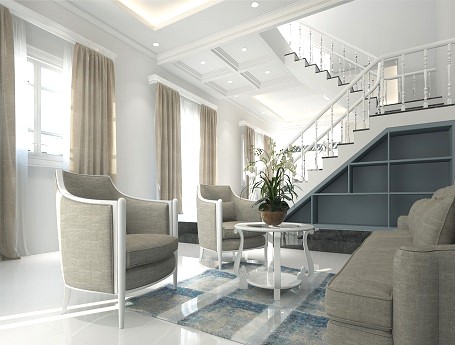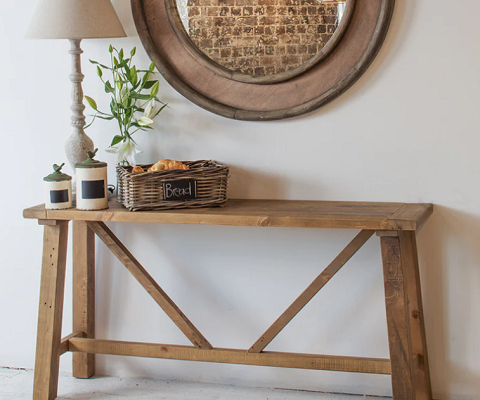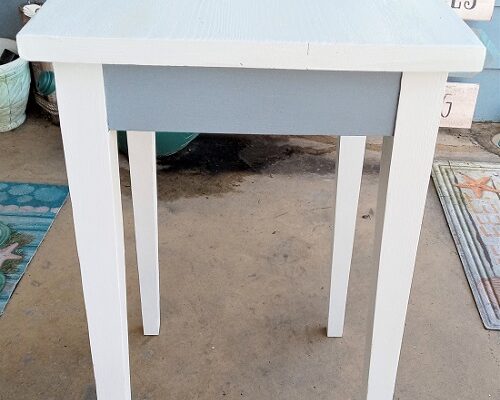 Choosing the right bed for a studio apartment can make or break your living space. Studio apartments typically range from 350 to 500 square feet, making efficient use of space crucial. The ideal bed size for a studio apartment is often a full-size bed, which provides a good balance between comfort and space efficiency.
Choosing the right bed for a studio apartment can make or break your living space. Studio apartments typically range from 350 to 500 square feet, making efficient use of space crucial. The ideal bed size for a studio apartment is often a full-size bed, which provides a good balance between comfort and space efficiency.
Full-size beds offer ample room for single sleepers or cozy couples while leaving enough floor space for other essential furniture. They measure 54 inches wide by 75 inches long, fitting comfortably in most studio layouts without overwhelming the room. For those seeking more sleeping area, a queen-size bed might work if the studio is on the larger side, but it’s important to consider how it affects the overall flow of the space.
Innovative bed options can maximize space in studio apartments. Murphy beds fold up against the wall when not in use, freeing up valuable floor area during the day. Platform beds with built-in storage drawers offer a dual-purpose solution, while loft beds create room underneath for a desk or seating area. These space-saving designs allow studio dwellers to enjoy comfortable beds for sale without sacrificing their living area.
Key Takeaways
* Full-size beds offer the best balance of comfort and space efficiency for most studio apartments
* Innovative bed options like Murphy beds and platform beds can maximize available space
* Consider the overall layout and flow of your studio when choosing a bed size and style
Determining the Perfect Bed for Your Space
Choosing the right bed size is crucial for optimizing a studio apartment’s layout and functionality. The ideal bed balances comfort with efficient use of limited square footage.
Assessing Studio Apartment Layouts
Studio apartments typically range from 300 to 600 square feet. The layout often includes an open floor plan combining living, sleeping, and dining areas.
Consider the placement of windows, doors, and built-in features when deciding on bed location. Measure the available floor space carefully, accounting for walkways and other furniture.
Some studios have alcoves or nooks that can accommodate a bed without intruding on the main living area. High ceilings may allow for loft beds, freeing up floor space below.
Maximizing Small Spaces
In tight quarters, multi-functional furniture is key. Consider:
* Murphy beds that fold into the wall
* Daybeds that double as seating
* Platform beds with built-in storage
Raised beds can create usable space underneath for storage or a desk. Alternatively, a low-profile bed frame keeps the visual space open.
Use vertical space wisely. Tall headboards with shelving or wall-mounted nightstands save precious floor area.
Understanding Bed Sizes and Dimensions
Common bed sizes for studio apartments:
Size Dimensions (inches) Best For
Twin 38 x 75 Single sleepers, very small spaces
Full 54 x 75 Single adults, couples in tight spaces
Queen 60 x 80 Couples, more spacious studios
A twin or full bed is often ideal for studios under 400 square feet. Queen size beds work well in larger studios, typically 450+ square feet.
Consider a Twin XL (38 x 80 inches) for taller individuals in narrow spaces. This size provides extra length without additional width.
Innovative Bed Options and Their Benefits
Studio apartment dwellers can maximize their living space with clever bed solutions. These options blend functionality and style to create efficient, comfortable sleeping areas without compromising on aesthetics or practicality.
Multipurpose Transforming Beds
Murphy beds fold up against the wall when not in use, freeing up floor space during the day. Some models incorporate desks or shelving units for added versatility. Sofa beds serve as comfortable seating by day and transform into sleeping surfaces at night.
Platform beds with built-in storage drawers underneath utilize vertical space efficiently. These beds often feature a sleek, low-profile design that complements modern decor styles.
Multi-functional furniture pieces like ottoman beds or chest beds provide hidden storage compartments while serving as both seating and sleeping areas.
Space-Saving Sleeping Arrangements
Loft beds elevate the sleeping area, creating usable space underneath for a work desk, seating area, or storage. This option works well in studios with high ceilings.
Trundle beds offer two sleeping surfaces in the footprint of one, with a second mattress that rolls out from beneath the main bed frame. This setup is ideal for occasional guests.
Wall beds with integrated shelving or cabinets maximize vertical storage while providing a comfortable sleeping area that can be concealed when not in use.
Aesthetic Considerations in Bed Selection
Choose bed frames in light colors or with reflective surfaces to create an illusion of more space. Opt for streamlined designs without bulky headboards to maintain a clean, open look.
Select bedding in colors that complement the overall color palette of the studio. Use area rugs to define the sleeping zone and add visual interest without cluttering the space.
Consider transparent or see-through furniture pieces like acrylic nightstands to reduce visual weight. Floating shelves above the bed can provide storage without taking up floor space.
Conclusion
Choosing the right bed size for a studio apartment requires careful consideration of space constraints and personal preferences. A full-size or double bed often strikes the ideal balance between comfort and space efficiency. These options provide adequate sleeping room while leaving enough floor space for other essential furniture and movement.
For those with extremely limited square footage, alternatives like Murphy beds or loft beds can maximize vertical space. Ultimately, the best bed size depends on the specific dimensions of the studio and the resident’s lifestyle needs.







